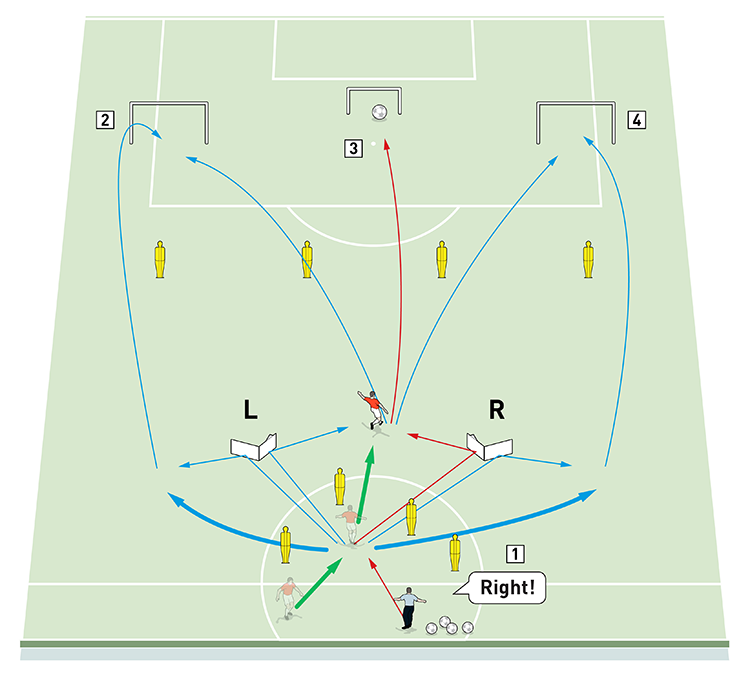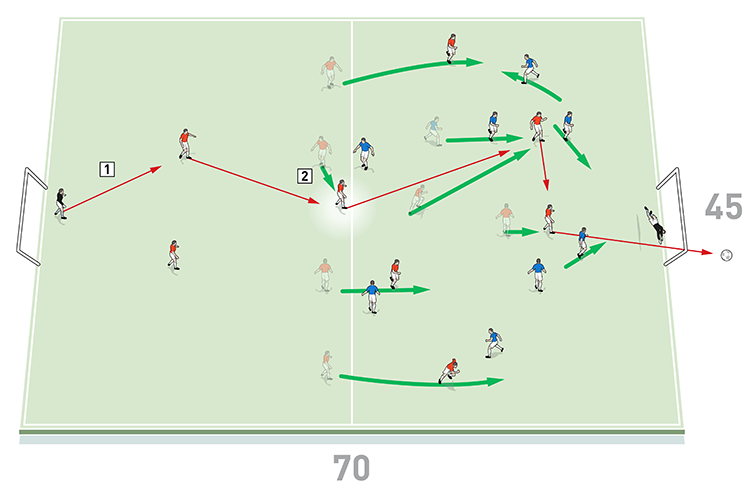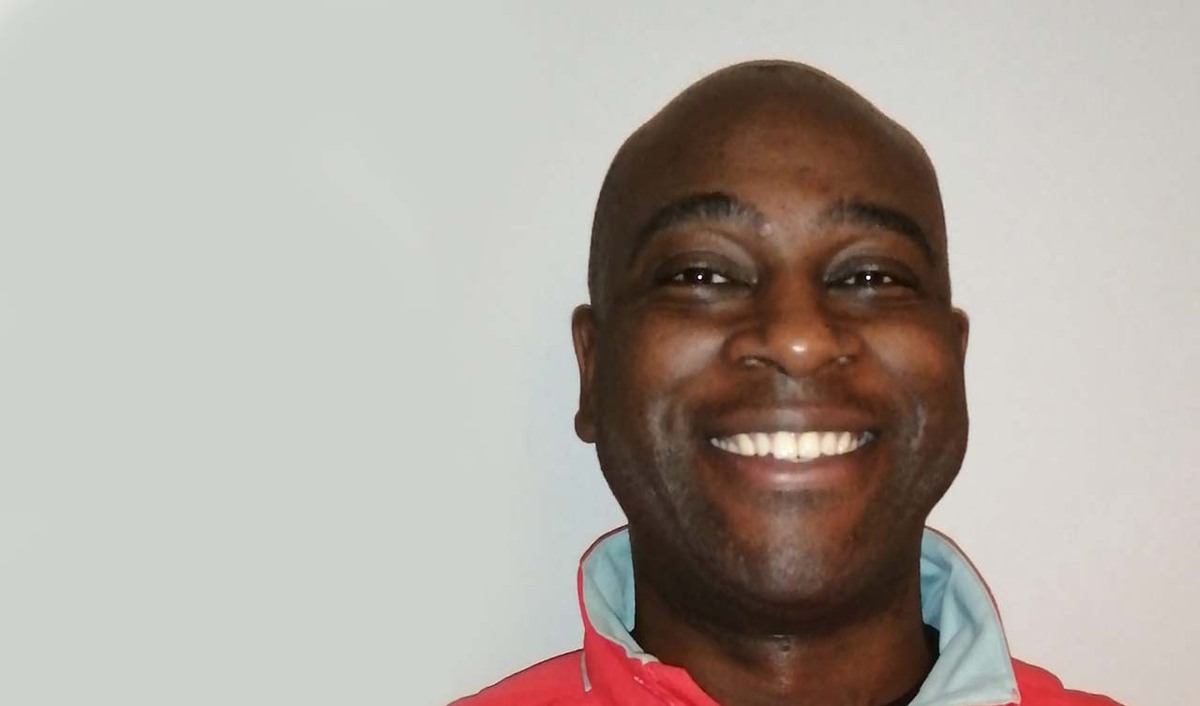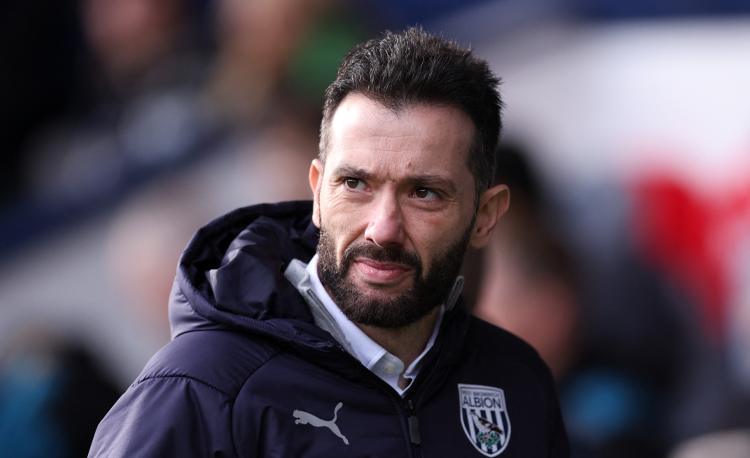You are viewing 1 of your 1 free articles
Quick play through central midfield
| Area | Up to half a pitch |
| Equipment | Balls, bibs, cones, 8 mannequins, 2-4 bounce boards, 3 mini goals, 2 small goals, 2 full size goals |
| No. of Players | 1 player or small unit for solo drills 16 players + 2 goalkeepers for the game |
| Session Time | Drill 1: 20mins, Drill 2: 20mins, Game: 20mins |
This is a small unit session that works on passing aspects of a midfielder’s play in the central area of the pitch, including changing angles to pass and receive and developing final pass options.
This session allows the coach to look at players individually and focus on their strengths and weaknesses, which may be difficult to highlight when working in larger groups.
It can be used within the individual action plan of a player’s development programme, as well as looking at sharpening up aspects of a senior player’s passing and decision making.
Working in smaller groups means the coach has to drive the intensity of the session a lot more, but it allows for a more specific, player-led review of the session, and future sessions can then be tailored from that feedback.
The first part of the session works in the central area of the pitch and focuses on changing the angle to pass and receive. It uses short and quick one-touch and two-touch passing to play forward in areas where the opponents will shut down space quickly.
The second part of the session looks to build on passing and receiving but also shows players how to exploit balls in behind the opponent and how to play longer, ranged passes.
This session would ideally be run two or three days before a match, which should allow sufficient recovery time alongside the team’s current training programme.
SOLO DRILL 1
We set up a playing area on half a pitch. We position four mannequins in the centre circle and three mini target goals half way between the centre circle and the penalty area. Four mannequins represent a defensive backline just outside the penalty area and they are positioned in front of two small goals, which come into play in the second part of the practice.
We’re using just one midfielder, or a small unit of midfielders who take turns to run the drill. The active midfielder starts in the centre circle and play begins with him moving inside to receive a pass from the coach. Within two touches the midfielder must play the ball into one of the three mini target goals in the midfield area. The coach can direct the play by calling out the goal he wants the player to pass into, as shown [1]. The coach repeats the drill, by serving different balls to the player and varying the goal he calls out. We play for 20 minutes.
1

2. Within two touches the midfielder must play the ball into the goal selected by the coach
3. The coach calls out different target goals. Goal 1 and Goal 3 represent balls into wide midfielders
4. If the coach calls Goal 2, it represents a pass into the striker’s feet
The player should receive, control and pass into the goal as efficiently as possible. The three mini goals represent different passes into the midfield or the attacking areas of the pitch: Goal 1 and Goal 3 represent balls into wide midfielders, while Goal 2 represents a pass into the striker’s feet.
SOLO DRILL 2
We use the same basic set-up as before but we replace the three mini target goals with bounce boards, as shown [2]. We also place one of the mini target goals between the two small goals at the top end of the pitch.
2

2. If the ball comes off on the outside of the bounce boards, the midfielder should drill the pass over the full back mannequin and into the small goal, representing a pass to a wide attacker
3. If the ball comes off between the bounce boards, he has to decide which goal to aim for. Here he passes into the central mini goal, which represents a pass to the striker
4. Alternatively, he could pass from the central area into the small goals out wide, which represents a pass to a wide attacker
The midfielder receives a starting pass from the coach and plays a one-two with one of the bounce boards. The ball can come off the board on either side, so the player must react quickly to the direction of the ball and pass into the attacking areas of the pitch where the small goals are and the mini goal are situated.
There are several passing options after receiving from the bounce boards. If the ball comes off on the outside, the pass must be drilled over the mannequin that represents the full back and into the small goal.
The other options are from a ball that comes off in the central area between the bounce boards. The midfielder then has to make a decision about which goal to pass into. He could either pass into the small goals out wide behind the mannequin full back, which would be an area difficult for the opposition to defend in a real game when attacking wingbacks and wingers would be making runs to receive. Alternatively, the midfielder could make his pass into the central mini target goal, which would represent a pass into the feet of the striker.
9v9 GAME
We set up a playing area of 70x45 yards with a goal and a goalkeeper at each end. We’re using 16 outfield players split into two teams of nine including goalkeepers. We play a normal 9v9 game, utilising the midfielder we’ve been previously focusing on positioned predominantly in the central area, with the instruction that he should have no more than three touches to play a pass, as shown [3].
3

2. Utilise the midfielder from the solo drill in the central area and limit him to three touches. This results in quick forward play and the kind of passing focused on in the solo drill
This means that player passing and support has to be quick and there is an emphasis on utilising what the midfielder has been working on in the previous passing and receiving solo drills.
What are the key things to look for?
We want to see a good first touch and body shape in a position to play forward. Players should try and be on the half turn to receive and play forwards or they will have their back to their intended target and the ball will be played backwards.
Players should scan the area of the intended pass before ball has come to feet and the pass should be played with one touch or two. They should also vary and disguise their passing to unsettle opponents
How do I progress the session?
The solo drills can be progressed in future sessions to have more players added in different positions. For instance, another central midfielder can be added instead of a bounce board and we could also add a target striker running off the ball. Using a striker after the second part of the session would allow the player to work on timing runs in behind the back line, in order to receive and strike on goal.
A defender can also be added from another starting point, meaning the pass from the central midfielder would need a higher degree of accuracy to reach the striker.
Related Files
Editor's Picks
Deep runs in the final third
Using the goalkeeper in build-up play
Pressing principles
Intensive boxes drill with goals
Penetrating the final third
Creating and finishing
My philosophy
Pressing initiation
Compact team movement
Coaches' Testimonials

Alan Pardew

Arsène Wenger

Brendan Rodgers

Carlos Carvalhal

José Mourinho

Jürgen Klopp

Pep Guardiola

Roy Hodgson

Sir Alex Ferguson

Steven Gerrard
Coaches' Testimonials

Gerald Kearney, Downtown Las Vegas Soccer Club

Paul Butler, Florida, USA

Rick Shields, Springboro, USA

Tony Green, Pierrefonds Titans, Quebec, Canada
Join the world's leading coaches and managers and discover for yourself one of the best kept secrets in coaching. No other training tool on the planet is written or read by the calibre of names you’ll find in Elite Soccer.
In a recent survey 92% of subscribers said Elite Soccer makes them more confident, 89% said it makes them a more effective coach and 91% said it makes them more inspired.
Get Monthly Inspiration
All the latest techniques and approaches
Since 2010 Elite Soccer has given subscribers exclusive insight into the training ground practices of the world’s best coaches. Published in partnership with the League Managers Association we have unparalleled access to the leading lights in the English leagues, as well as a host of international managers.
Elite Soccer exclusively features sessions written by the coaches themselves. There are no observed sessions and no sessions “in the style of”, just first-hand advice delivered direct to you from the coach.









